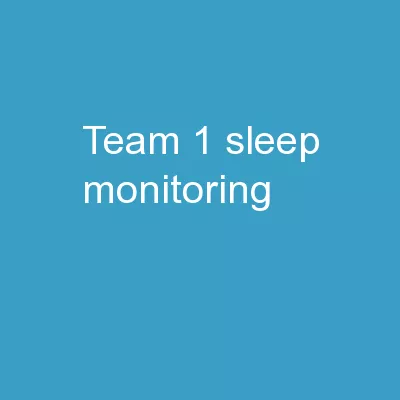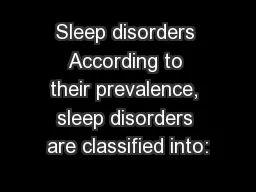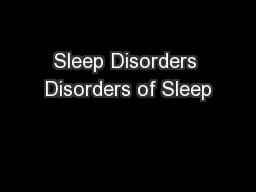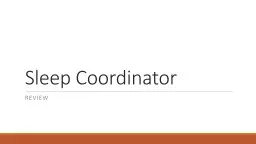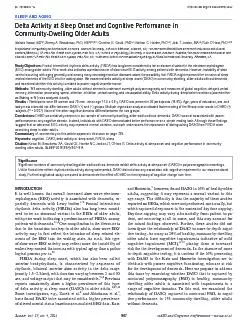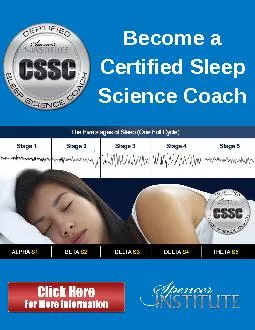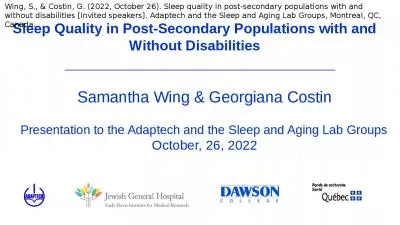PPT-Team 1 – Sleep Monitoring
Author : lois-ondreau | Published Date : 2018-11-22
System Anthony Bharrat Bartholomew Straka Facundo Gauna Ryan Murphy KnightTime monitors sleep cycles through the use of three peripherals The peripherals contain
Presentation Embed Code
Download Presentation
Download Presentation The PPT/PDF document "Team 1 – Sleep Monitoring" is the property of its rightful owner. Permission is granted to download and print the materials on this website for personal, non-commercial use only, and to display it on your personal computer provided you do not modify the materials and that you retain all copyright notices contained in the materials. By downloading content from our website, you accept the terms of this agreement.
Team 1 – Sleep Monitoring: Transcript
Download Rules Of Document
"Team 1 – Sleep Monitoring"The content belongs to its owner. You may download and print it for personal use, without modification, and keep all copyright notices. By downloading, you agree to these terms.
Related Documents

